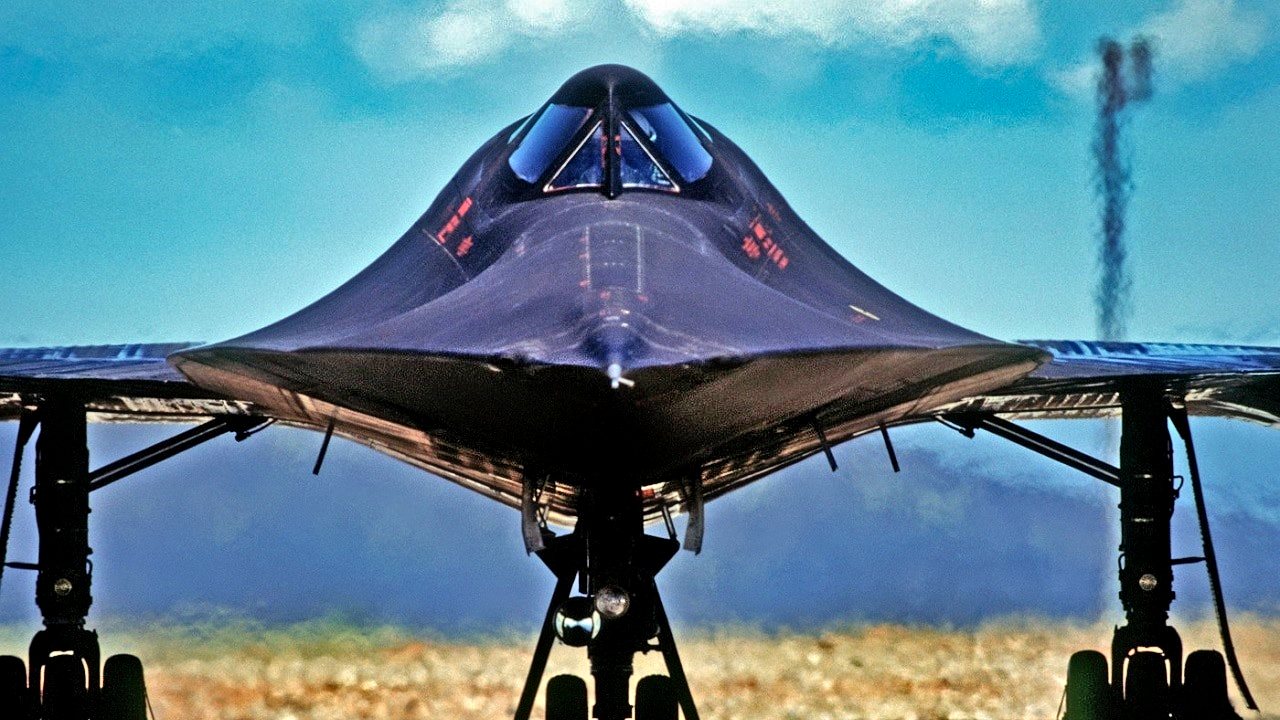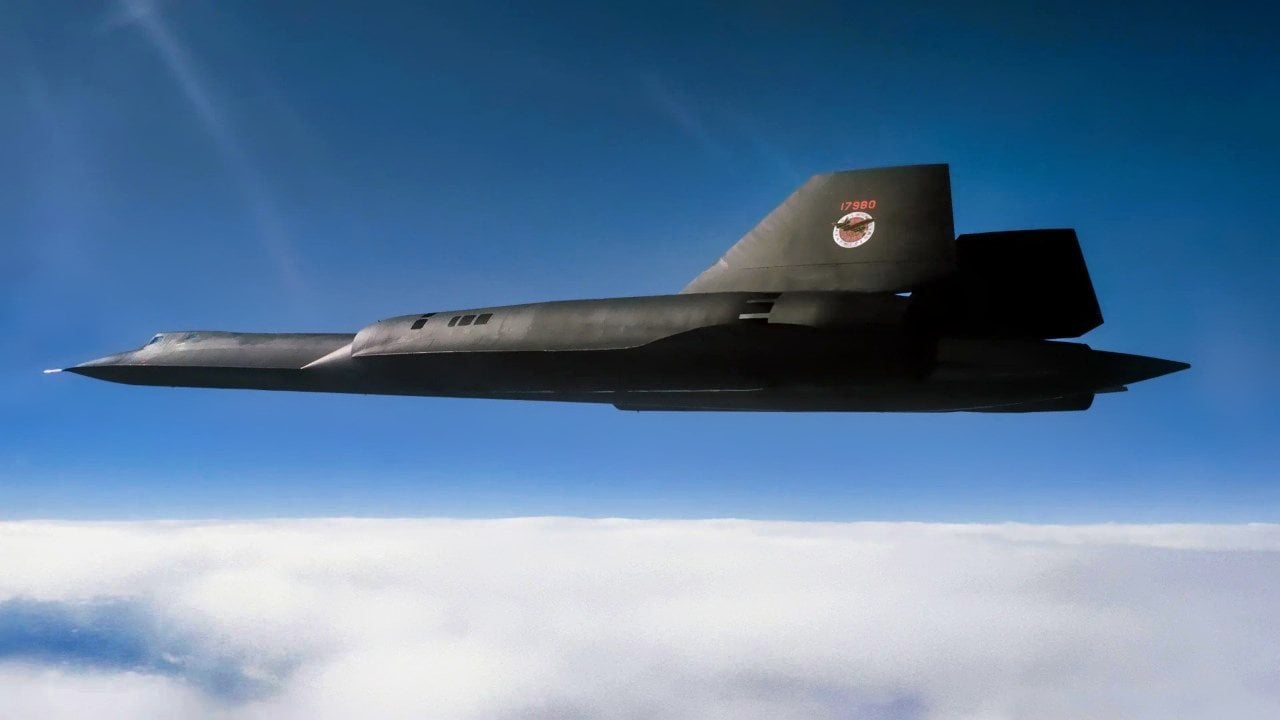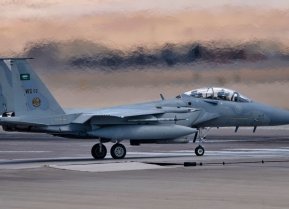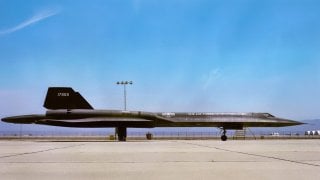SR-71C: The Frankenstein Blackbird Was Truly Strange for a Reason
Nicknamed after an illegitimate child, the SR-71C was, remarkably, two separate SR-71s pieced together. It made some history.
The SR-71 Blackbird might be the most iconic airframe ever made. Individual aircraft, like Charles Lindbergh’s Spirit of St. Louis or Chuck Yeager’s Glorious Glennis (both of which hang from the ceiling at the Smithsonian Air & Space Museum), are iconic for their historic significance. But as a type of airframe, the SR-71 may have achieved singular popular acclaim. Other iconic airframes – like the X-15, the P-51 Mustang, the Boeing 747, the Cessna 172, the F-14 Tomcat – just don’t inspire the same recognition and awe as the SR-71, the fastest jet ever built. Among the SR-71s, one jet stood out as the most distinct: SN 61-7981, the only SR-71C ever made.
SR-71C: A Highspeed Frankenstein
Nicknamed after an illegitimate child, the SR-71C was, remarkably, two separate SR-71s pieced together.
“The forward half of 981 was actually never meant to fly at all,” Bill Walton wrote. “The structure was intended for us as an engineering mockup built for static (ground) testing only. But when one of the two SR-71 B two-seated trainers crashed on January 11th, 1968, the decision was made to piece together a replacement trainer from available parts.”
Lockheed engineers at the company’s Palmdale, California facility took the static test mockup and combined the thing with the first SR-71 prototype (known as the YF-12A), SN 60-6934, to create a single airframe.
As one might expect, splicing two separate airframes to create one high-flying, sound-barrier-breaking, technical wonder did not go seamlessly. “When 981 began flying on March 14th, 1969, it became obvious that the geometry of the airframe was not entirely sorted out,” Walton wrote. “Lockheed test pilots Robert J. Gilliland (pilot) and Steve Belgeau (RSO) reported some trim and control issues.”
The SR-71C was sent to Edwards Air Force Base where test pilots investigated more closely. Taking 16 test flights over the course of several weeks, the Edwards test pilots determined what was wrong with the melded, welded SR-71C.
It Was the Yaw
Here’s what the Edwards test pilots discovered: the SR-71C’s dynamically variable inlets, and the associated bypass doors, were not synced with one another, “which meant that they were out of their normal streamlined positions which increased drag on the airplane,” Walton wrote. “The inlets remained a problem as well. After installing a Nomex yaw string, it was observed that 981 was indicating four degrees of yaw on the beta indicator but the high-tech yaw string was centered-indicating no yaw at all.”
The fix turned out to be somewhat simple; the Edwards test pilots realized that the pitot boom was misaligned – by the same four degrees indicated on the beta indicator. The team fixed the pitot boom, and suddenly the SR-71C was flying “as normally” as any other Blackbird. Normal being 2,200 miles per hour, with a ceiling over 85,000 feet, and a range over 2,900 miles. The fixed SR-71C was delivered to the 9th Strategic Reconnaissance Wing at Beale Air Force Base (where this author endured his FCI physical).
In Service
The SR-71C was very similar to the SR-71B – the only real difference was that the B-variant had one more internal fuel tank, which changed refueling procedures – and both were used for training pilots to fly the SR-71A. But ultimately, the SR-71C just wasn’t flown that much.
The SR-71C “was a natural for taking VIPs on familiarization flights,” Walton wrote. “But an SR-71 can’t pay the bills doing FAM flights.”
When the SR-71C flew for the last time on April 11th, 1976, the Frankenstein jet had only accrued 737.3 hours of flight time. And 180 of those hours were flown on the YF-12A prototype half of the airframe before it was melded to the static ground test front half.

On Display
Once the SR-71C was removed from the flight line, the decision was made to display the one-off Blackbird at Hill Air Force Base’s Aerospace Museum. Getting the jet to Hill was an endeavor, however. The SR-71C was dissembled and then flown to Hill in a C-5A Galaxy airlifter, where the SR-71 was reassembled and put on display. The entire thing took about two months. (Of course, the SR-71C could have flown the 670 miles from Beale to Hill in about fifteen minutes.)

The SR-71C has been on display at Hill since October 16th, 1991, where visitors have spent thirty years glimpsing a unique corner of aviation history.
About the Author
Harrison Kass is a defense and national security writer with over 1,000 total pieces on issues involving global affairs. An attorney, pilot, guitarist, and minor pro hockey player, Harrison joined the US Air Force as a Pilot Trainee but was medically discharged. Harrison holds a BA from Lake Forest College, a JD from the University of Oregon, and an MA from New York University. Harrison listens to Dokken.
Image Credit: Creative Commons.


